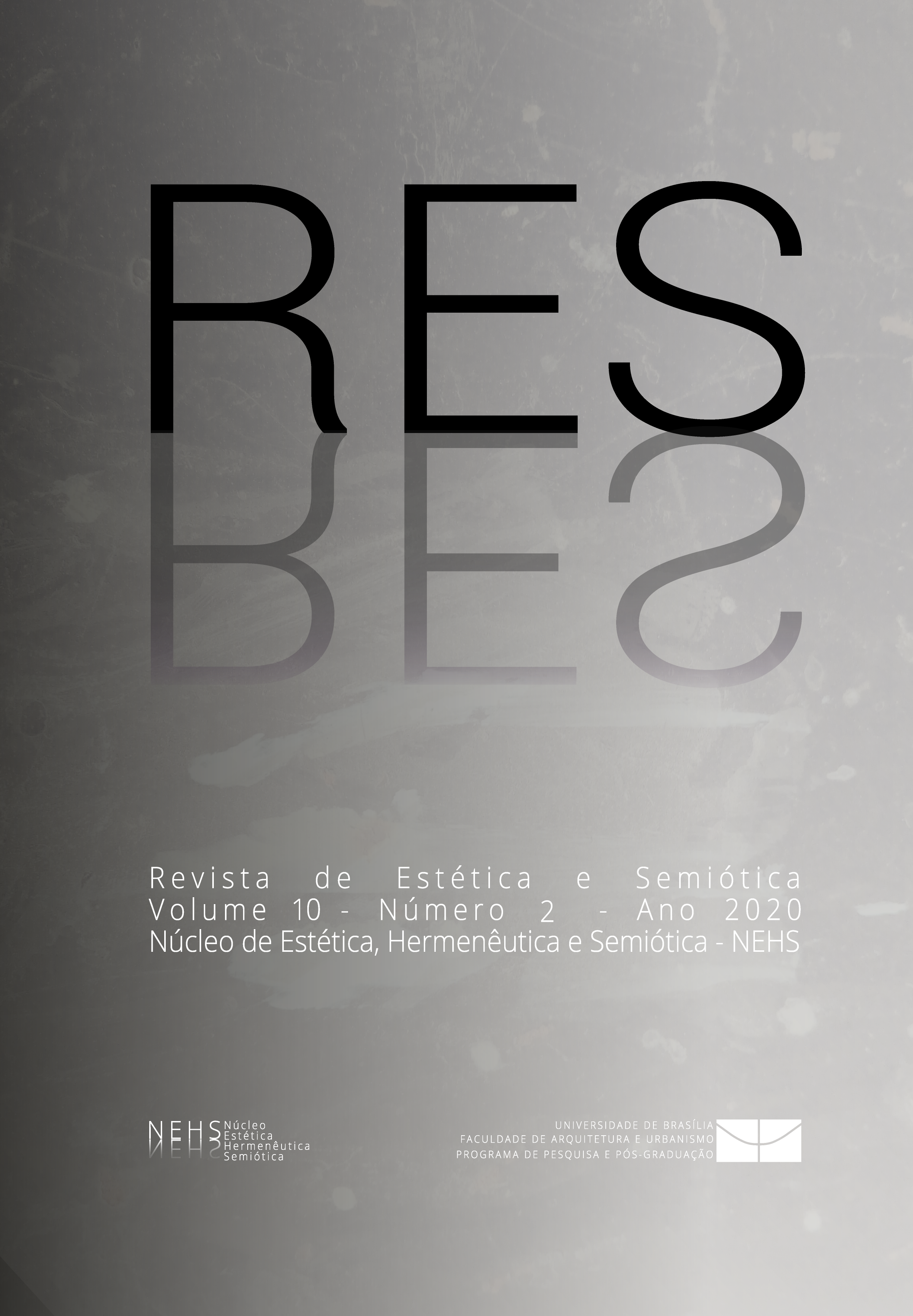THE AESTHETICS OF INEQUALITY
DOI:
https://doi.org/10.18830/issn2238-362X.v10.n2.2020.05Keywords:
Aesthetics; Inequality; Intervention; Perception; Enjoyment.Abstract
This article discusses how aesthetics can reflect the condition not only physical of the place, but also provide a rebound in its modes of appropriation, in terms of recognition and belonging. The aesthetics of the built spaces end up reproducing the socioeconomic inequalities of its users. The guidelines for interventions should prioritize not only improvements in the physical aspect, in terms of beautification, but also act in order to mitigate the discrepancies in the landscapes, inserting the informal city in the urban context and, consequently, the people who are part of that space. The street, understood as an extension of housing, should favor interpersonal contact and its improvement, even if it does not have a primary purpose for aesthetics, it has the minimum apparatus to produce conditions of vitality. It is curious to see how, even in the informal city, there is a pattern of self-construction that in a non-normative way directs the production of landscape aesthetics. In this sense, the results lead to the proof that the aesthetics that counteract inequality and can be mitigated by urban interventions, in order to make the city more harmonious and egalitarian, is not just a matter of surfaces.
Downloads
References
ARANHA, M. Lúcia de Arruda; PIRES, M. Helena. Filosofando: Introdução à Filosofia. Goiânia: Moderna, 2008. 439 p.
CHOAY, Françoise. O Urbanismo: Utopias e realidades, uma antologia. São Paulo: Perspectiva, 2010. 350p.
COUTINHO, E. O espaço da arquitetura. Recife: Universidade Federal de Pernambuco, 2010. 239p.
GARCIA, Claudia da Conceição. Os desígnios da arquitetura: sobre a qualificação estética do desenho. 2009. 235 f., il. Tese (Doutorado em Arquitetura e Urbanismo) Universidade de Brasília, Brasília, 2009.
HEGEL, G.W.F. Fenomenologia do Espírito. Petrópolis: Vozes, 1992. 552 p.
HEIDEGGER, Martin. Construir, habitar, pensar. Petrópolis: Editora Vozes, 2012.
JACOBS, Jane Butzner. Morte e vida nas grandes cidades; tradução Carlos S. Mendes Rosa; revisão da tradução Maria Estela Heider Cavalheiro; revisão técnica Cheila Aparecida Gomes Bailão. ”“ 3 ed. ”“ São Paulo: Editora WMF Martins Fontes, 2011. 296 p.
KLIASS, P. Pobreza na América Latina e o Caribe: novos retrocessos? Pátria Latina, Brasília, jan. 2018. Disponível em: <http://www.patrialatina.com.br/pobreza-na-america-latina-e-o-caribe-novos-retrocessos/>. Acesso em 29 jun. 2018.
LYNCH, Kevin. The image of the city. Cambridge: The M.I.T. Press, 1960.
PACHECO, Priscila. Espaços Públicos: 10 princípios para conectar as pessoas e a rua. ArchDaily Brasil: 2017. Disponível em <http://www.archdaily.com.br/br/873962/espacos-publicos-10-principios-para-conectar-as-pessoas-e-a-rua>. Acesso em 13 out. 2017.
PALAZZO, Pedro Paulo. Determinação histórica e estética em Hegel - doi: 10.5102/univhum.v6i2.892. Universitas Humanas , v. 6, p. 1-18, 2009. Disponível em < https://www.publicacoesacademicas.uniceub.br/universitashumanas/article/view/892/949>. Acesso em 27 jun.2018.
SABOYA, Renato. Kevin Lynch e a imagem da cidade. UFSC: 2008. Disponível em: <http://urbanidades.arq.br/2008/03/kevin-lynch-e-a-imagem-da-cidade/>. Acesso em 20 jun. 2018.
SERPA, Angelo. O espaço público na cidade contemporânea. São Paulo: Contexto,
205 p.
VN, Redação. Grupo de corrida é assaltado em praça de Salvador. Varela Notícias, fev. 2017. Disponível em: <http://varelanoticias.com.br/grupo-de-corrida-e-assaltado-em-praca-de-salvador/>. Acesso em 29 jun. 2018.
Downloads
Published
How to Cite
Issue
Section
License

This work is licensed under a Creative Commons Attribution-NonCommercial 4.0 International License.




